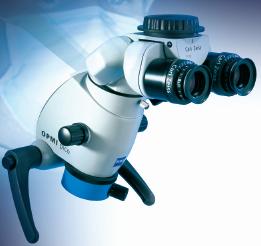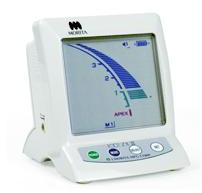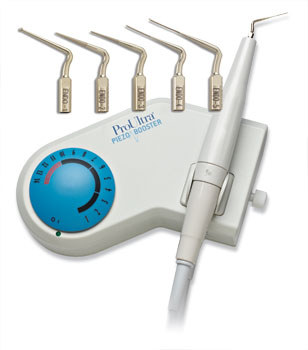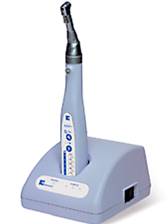____________________________________________________________
|
|
Endodontics is one of 9 specialties of dentistry recognized by the American Dental Association involving treatment of the pulp (root canal) and surrounding tissues of the tooth. When you look at your tooth in the mirror, what you see is the crown. The rest of the tooth, the portion hidden beneath the gum line, is called the root. Though the outer portion of the root is a hard tissue called dentin, the inside channel or "root canal" contains a pulp of soft tissue, blood vessels and nerves. Bacteria that are introduced into the pulp as a result of tooth decay, periodontal disease, tooth fracture or other problems, can severely damage the pulp. When that happens, an endodontic specialist removes the diseased pulp to save the tooth and prevent further infection and inflammation. After successful endodontic treatment, the tooth continues to perform normally.
back to top
------------------------------------------------------------------------------------------
|
I am worried about x-rays. Should I be? |
No. While x-rays will be necessary during your endodontic treatment, we use an advanced non-film computerized system, called digital radiography that produces radiation levels up to 90 percent lower than those of already low dose conventional dental x-ray machinery. These digital images can be optimized, archived, printed and sent to co-therapists via e-mail or diskette.
back to top
------------------------------------------------------------------------------------------
|
|
Again, there's no need for concern. We adhere to the most rigorous standards of infection control advocated by OSHA, the Centers for Disease Control and the American Dental Association. We utilize autoclave sterilization and barrier techniques to eliminate any risk of infection.
back to top
------------------------------------------------------------------------------------------
|
What happens after treatment? |
When your root canal therapy has been completed, a record of your treatment will be sent to your restorative dentist. You should contact their office for a follow-up restoration within a few weeks of completion at our office. Your restorative dentist will decide on what type of restoration is necessary to protect your tooth. It is rare for endodontic patients to experience complications after routine endodontic treatment or microsurgery. If a problem does occur, however, we are available at all times to respond.
back to top
------------------------------------------------------------------------------------------
|
What new technologies are being used? |
 |
Operating Microscopes:
In addition to digital radiography, we utilize special Carl Zeiss operating microscopes. Magnification and fiber optic illumination are helpful in aiding the doctor to see tiny details inside your tooth. |
 |
Apex Locators:
These are electronic devices that facilitate the accurate measurements of root canals. Most times, they limit the total number of radiographs needed for endodontic treatment |
 |
Ultrasonics:
These are precision instruments that are routinely used for removing posts and root canal obstructions. They are also used for endodontic surgeries. They help to conserve the remaining tooth structure by virtue of their discreet cutting ability |
 |
Nickel Titanium Instruments:
These are used in quiet electric motor hand pieces for cleaning and shaping root canals. They are more flexible than stainless steel instruments which allow them to be used in curved canals in an efficient manner. They expedite the cleaning and shaping process of the endodontic procedure. |
back to top
------------------------------------------------------------------------------------------ |
|